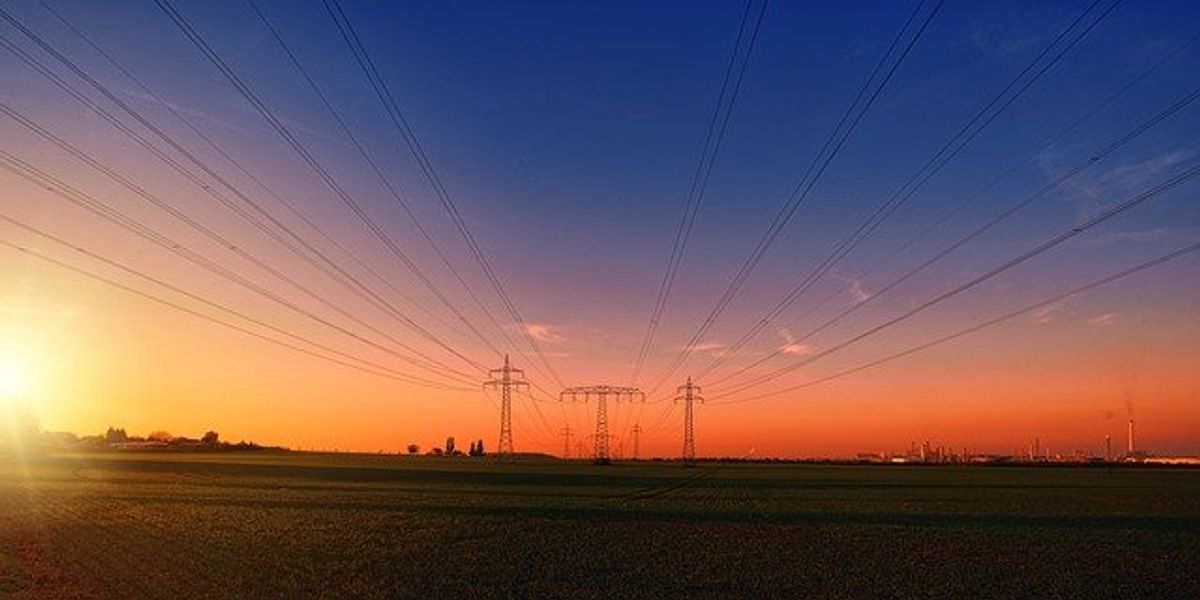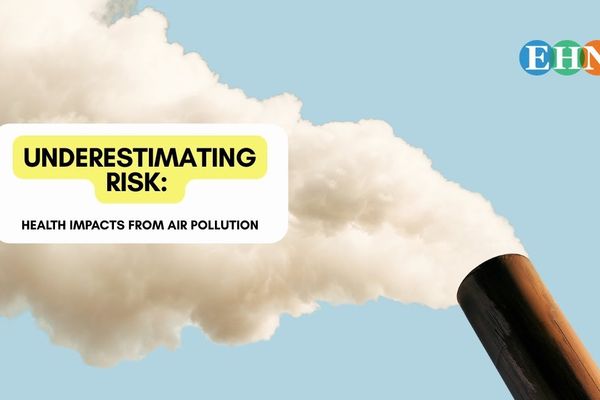
Petrochemical plants send millions of pounds of pollutants into waterways each year: Report
“This is not normal.”
Nearly 70 petrochemical companies across the nation, including 30 in Texas, are sending millions of pounds of pollutants into waterways each year due to weak or nonexistent regulations, according to a report published by the watchdog group Environmental Integrity Project.
The report analyzed wastewater discharges from petrochemical companies that produce plastics across the U.S., finding that a majority of the facilities had violated Clean Water Act permits and few were punished. In addition, only a few states are regulating some of the hazardous chemicals or substances of concern, and there are currently no limits set from the U.S. Environmental Protection Agency for these contaminants in effluent water guidelines for the plastics industry.
In the past 30 years, plastic production at petrochemical facilities has skyrocketed. The EPA estimates that plastic production in 1990 was at 17,130 tons, and by 2018 it had doubled, reaching 35,680 tons. Producing these plastics results in industrial wastewater discharges, some of which contain pollutants unregulated by federal wastewater guidelines. If the pollutant does have limits, they have been set by individual states.
The report found the following pollutants:
- Dioxins, recognized as one of the most toxic classes of compounds by the World Health Organization, can be a byproduct of producing plastics like poly-vinyl chloride, or PVC. Out of the 17 facilities that produce PVC, only three have site limits set by states.
- 1,4 dioxane, classified as a potential carcinogen, only had limits set at two facilities.
- An estimated 9.9 million pounds of nitrogen and 1.9 million pounds of phosphorus (known as nutrient pollution when combined) enter waterways from these plants annually, and can cause toxic algal blooms and fish-killing low-oxygen zones. Only one facility had limits for phosphorus pollution and none had total nitrogen limits.
- Plastic pellets, known as nurdles, are entering waterways in 27 states.
- Polyfluoroalkyl substances, or PFAS, are not currently considered in wastewater samples for petrochemical plant permit applications.
A majority of the facilities have poor compliance records. Out of the 70 facilities, 83% had violated the Clean Water Act at least once in the last three years (58 facilities violated permits, yet only 8 were penalized). Nearly 40% of the facilities were operating on water pollution control permits that are outdated, “but have been administratively continued by state agencies,” according to the report.
Outdated Clean Water Act regulations
The Clean Water Act, issued by the EPA in 1972, has historically been enforced through effluent water guidelines. The petrochemical facilities in the report are regulated under a category of guidelines for organic chemicals, plastics and synthetic fibers.
“The (plastics) industry has experienced significant, rapid growth in recent decades and is continuing to grow,” lead author of the report and research director at the Environmental Integrity Project, Kira Dunham, told EHN. “But…wastewater discharges are being regulated by standards from over 30 years ago.”
This category of guidelines Dunham mentions has not been updated by the EPA since 1993, despite requirements for the agency to “periodically” update guidelines in accordance with technological updates for pollution control.Texas petrochemical pollution
With 17 of the 30 facilities in Texas, the Houston area — known as the petrochemical capital of the U.S. — is the number one exporter of petrochemicals in the nation.
Nearly one-third of these Texas facilities discharge wastewater into the Houston Ship Channel. Earlier this year, EHN investigated community member concerns about wastewater contamination potentially entering dredge material removed from the channel. Independent analysis from Healthy Port Communities, a collaborative of Houston-based environmental groups, noted high levels of dioxins in the soil surrounding dredge material.
“Some of the places touched on in the (Environmental Integrity Project’s) report might have one major facility that has this… pattern of discharging pollutants into waterways,” Kristen Schlemmer, senior legal director of Houston- based water justice group Bayou City Waterkeeper, told EHN. “I don't want to discount that … but it at least makes it clear who you can focus on to address the problem. Whereas in Houston, we have so many different facilities that are polluting into our waterways, that it often just makes it seem like that's normal, and that's just the way things are going to be.”
Schlemmer added that these concerns for pollution related to wastewater discharges are heightened by disasters, like this year’s derecho storm and Hurricane Beryl, in which water grows contaminated across large portions of the region. Beyond climate disasters, the Houston region is prone to chemical disasters and the state averages about one chemical release a week based on 2023 data.
“I'm hoping through this work to show that this is not normal, and (to) raise the bar in terms of what our expectations are for the facilities that live in our backyards,” Schlemmer said. “If they're not going to comply with the law …I want them to … know that they're going to be facing legal action, either from us or for government regulators.”
Earlier this year, the Environmental Integrity Project sued the EPA along with Bayou City Water Keeper, the Center for Biological Diversity and nearly 300 water justice groups in the Waterkeeper Alliance. In the original intent to sue, the group states that the EPA “has failed to perform its mandatory duty under (the Clean Water Act) ... to biennially submit state water quality reports and an analysis thereof … to Congress.”
Just last week, the EPA released its biannual preliminary plan for effluent limitations guidelines and the announcement states that the EPA plans to conduct new studies that will clarify the impact of discharges from certain industries on waterways. The plan is open for public comment here.














